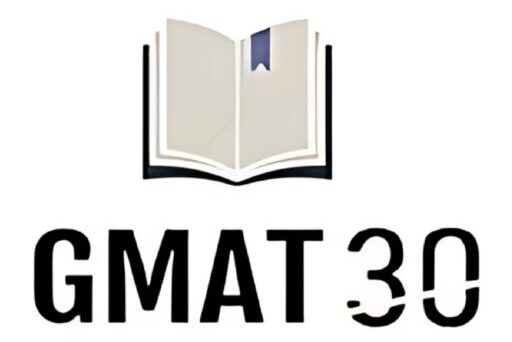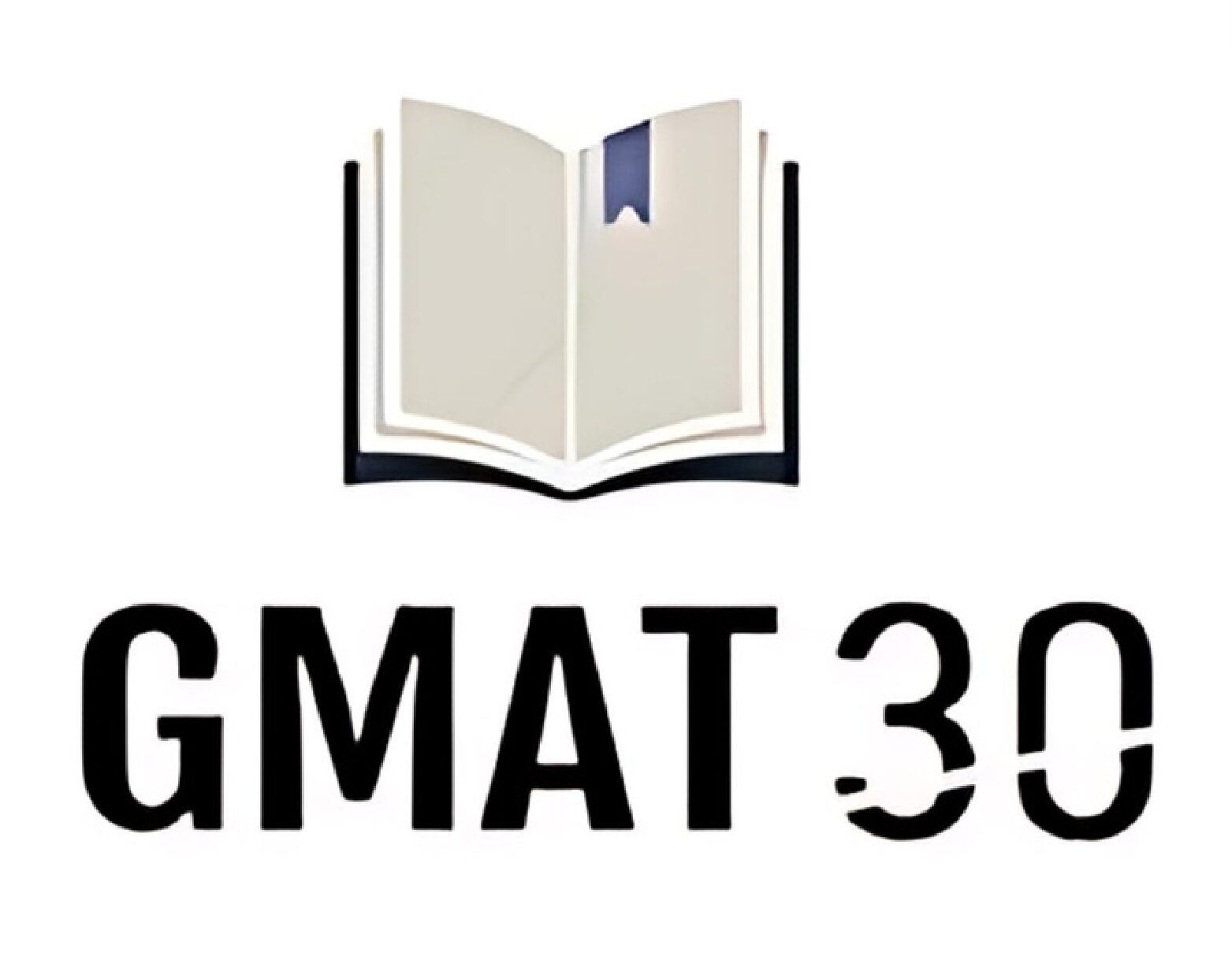GMAT Debrief: Scoring a GMAT 750
Dear All,
I wrote the GMAT on 19th October, and I scored a 750 (ESR attached) with the above-mentioned splits. I wanted to write this post as a means of helping students who are also in different stages of their GMAT preparation.
Test Format
I wrote the exam in-center since there are quite a few (to put it lightly) “credibility” issues regarding GMAT online. Plus, I always found it more “natural” – more on this in a bit – to solve Quant as quickly as possible when keeping the writing angle as similar to as would be natural on paper or on a notebook. I started off with the Verbal section, followed by Quant, IR, and AWA. Since I am not (in the near future at least) planning to apply to a B-school, I simply left the AWA blank, as I had scored a perfect 6 in all my previous attempts, and didn’t see the value in spending an extra 30 mins on a section that would, ultimately, yield me very limited value. I wouldn’t recommend this if you’re applying to a business school with your GMAT score!
Enhanced Score Report (ESR) Overview
First, let’s start with a broad overview of the ESR – in terms of the number of marked questions, there are 9 (out of 12) marked questions in the IR section, 30 (out of 36) marked questions in the Verbal section, and 28 (out of 31) marked questions in the Quant section. The % correct only works mathematically when one takes a base of 9 questions for IR, 8+7+7+8 (across the four quarters) for Verbal, and 7+7+7+7 (across the four quarters) for Quant. In the Verbal section, there are 8 marked Critical Reasoning (CR) questions, 12 marked Sentence Correction (SC) questions, and 10 marked Reading Comprehension (RC) questions, totaling 30. As can also be seen from Pages 5 (for Verbal) and 8 (for Quant) of the ESR, it is possible to get the 94th%ile in Verbal even while allowing for a 50% accuracy rate in the final quarter (4/8), provided that one’s accuracy in the first 3 sets of 22 marked questions is close to ~86% (roughly 19 out of 22). Similarly, in Quant, it is possible to get a Q50 (87%ile) while allowing for 5 incorrect answers across the 28 marked questions.
GMAT Prep Strategy for Verbal
In the course of my preparation over the last month, I made sure to practice as much CR as was possible, particularly in the last 2 weeks, during which I solved around 280-300 CR questions from GMATClub and LSAT. I strongly believe that some of the CR questions in the Official Guide are a bit dubious, with flaky explanations for selecting the “best of the 5”, and trying to “think like the test-maker” almost never works. LSAT questions are written much more beautifully – both RC and CR – and focus much more on formal logic and logical flaws, and preparing from these high-quality sources will definitely hold you in good stead for CR. If CR is something that doesn’t come to you “naturally” – i.e., something which you haven’t focused on much during your school or college years – then I also recommend spending some time getting familiar with the most common logical flaws, such as circular reasoning, false dichotomy, strawman, slippery slope, causation-correlation, hasty generalization, etc.
Exam Strategy for Verbal
As you can see from Page 4 of the ESR, you are going to get only 8 marked questions on CR, so it is by no means the most crucial aspect of Verbal. But it, without a shadow of a doubt, is definitely the section that can be “learned” the best in Verbal – much more easily than SC and RC components – as it is fairly mathematical. Of the 8 marked CR questions, I solved 6 correctly. Whilst it could have been better, there were a couple of challenging inference questions involving %ages and averages, and I had to make a decision regarding whether to solve the Math in those questions or eliminate options that were obviously incorrect and take the most educated guess on the final two. I chose the latter, since there also were 2 passages that hadn’t popped up till then, and I wanted to conserve my energy for the passages.
GMAT Verbal Insights and Trends
For the Verbal section, the SC questions were a bit on the tougher side. Most of the questions in SC involved a combination of diction, some advanced grammar, and/or meaning. Usually, when an SC question tests you on diction (or idioms more specifically) as the final split, it can be considered a fairly “high-level” question, as there isn’t that much to do unless you know the specific idiom. The higher difficulty in SC, particularly after Question #15, could also be due to the fact that I did fairly well in the easier CR and earlier SC questions. Furthermore, it is especially important to maintain your highest levels of concentration at all points during the test, the more so in the Verbal section. This is because one has to switch between dense and challenging RCs and CR/SC questions. As a comparison, the last time I wrote the test (approximately 3 weeks before), I scored in the 98th%ile in SC. This, to a great extent, shows how fatigue, which I experienced at different points during the test because of poor sleep the night before, coupled with overconfidence can drop your score quite substantially. In SC, I scored a fairly disappointing 9 out of 12 (marked questions), compared to 11 out of 12 in my previous attempt (see last 2 [partial] ESR screenshots). Had my accuracy in SC been the same as that during my previous attempt, a V44-45 would have been the most likely result. Overall, it was my performance in SC this time that disappointed me the most.
I got 4 passages on the exam, as is the standard in most Verbal sections of the GMAT. The only slightly surprising aspect was that out of the 4 passages, 3 were related to business. This marked a strange deviation from the general trend of RCs in the more recent exams in which the passages have been focused heavily on science. Of the 10 marked questions, I solved 8 correctly, which to me is good enough – there always has to be a trade-off between time management and accuracy during the Verbal section.
GMAT Quant Insights and Trends
I solved the Quant section next. Quant appeared fairly standard, with the odd question on 3-D geometry, probability, and geometry, which I was happy enough to receive in the set of the first 10-15 questions. The majority of the questions involved Statistics, Percentages, Ratios, Inequalities and Modulus, Number Theory, etc. – the well-known major topics in the Quantitative section. I have always been fairly confident in these, so I was glad to get these questions in the latter half – i.e. when I was getting the more difficult questions – of my paper. All in all, except for a couple of calculation mistakes that I made, I was satisfied with my Quant performance this time around, as I had also finished the paper with roughly 8.5-9 minutes left. The interesting thing about this Quant paper was that the majority of the questions (at least 20-21) were from Problem Solving (PS), a trend opposite to that which has been the case in the more recent GMAT exams – in most cases, Data Sufficiency (DS) questions account for a greater %age of one’s paper. If you are an Indian engineer, you should always treat the Quant section as a “safety bank”, one in which your score shouldn’t drop below a Q49-50. A good Quant score always lends more balance to the composite score as well as provides evidence of your strong mathematical background to the Adcom. Of course, once you are at a Q49-50, it is really via the Verbal section where the magical score of 760+ can be reached!
Quant and Verbal: Difficulty Levels, ESR Analysis
Overall, as the ESR shows, the difficulty level (according to the GMAC at least) for a given percentile in Verbal was much lower than that for the same %ile in Quant. For the Verbal section, the difficulty level of the questions hovered midway between medium and high, whereas for the Quant section, the difficulty level as the test progressed appeared to increase at a much higher rate. This, of course, is a subjective measure of the difficulty level, but what the ESR does show is that many of those confusing “700+ level” questions that test prep companies create, and which eventually make their way to GMATClub, do not show up on GMAT exams. What the ESR also shows is that it is definitely possible, with a bit of skill, dedication, and concentration, to get a V45 on the GMAT ![]() , and it is absolutely imperative that your fundamental Math skills, particularly the concepts learned in between classes 6-10, are absolutely solid.
, and it is absolutely imperative that your fundamental Math skills, particularly the concepts learned in between classes 6-10, are absolutely solid.
Final Thoughts
So there it is – a long-winded de-brief of my GMAT attempt(s) this year. I still haven’t got the elusive V45 (perhaps next year will be the charm!). If you have any queries or would want to know more about my test experience, please feel free to message me or drop me an email at paramjit.k.das@gmail.com. I hope that my de-brief and experience writing the GMAT will be beneficial to you, and will motivate you to score a 740+ on the GMAT as well.
Happy prepping!


















One Response